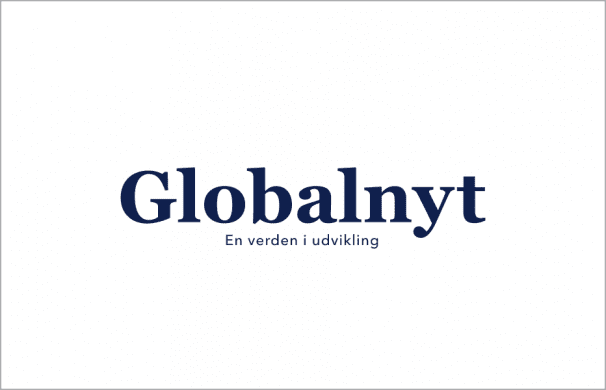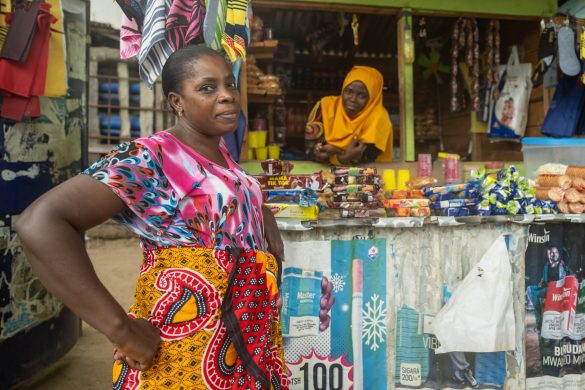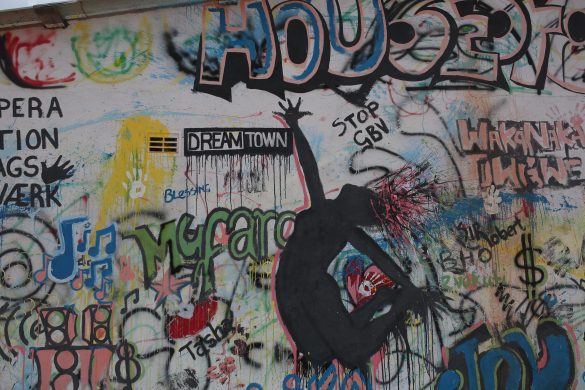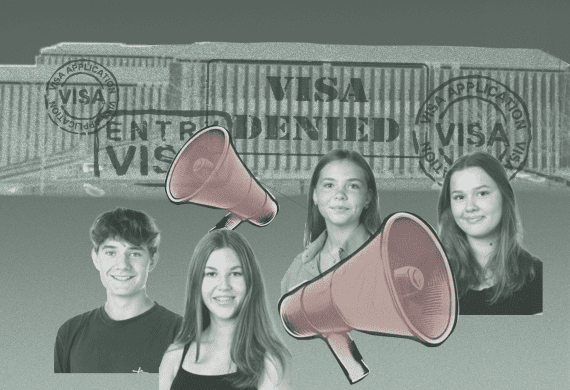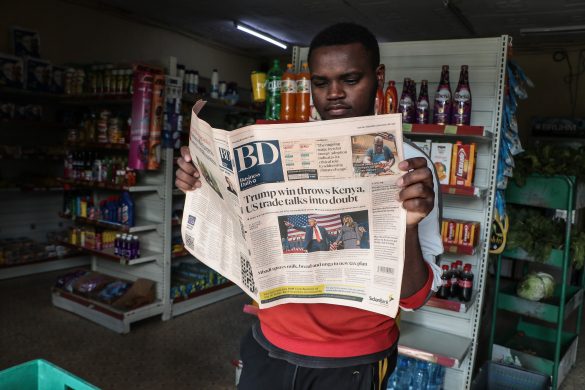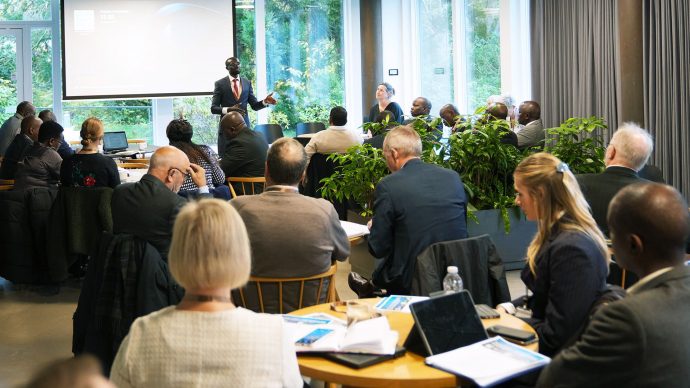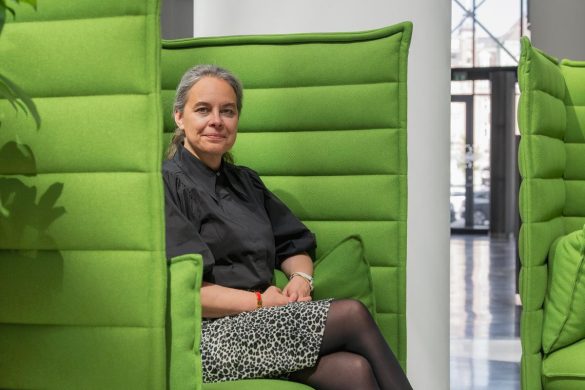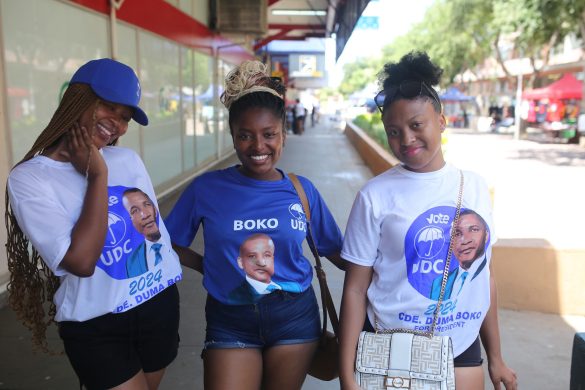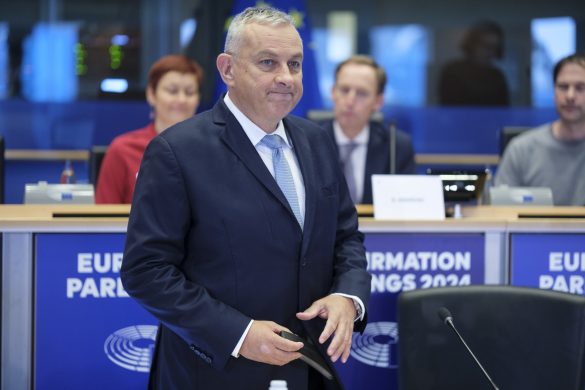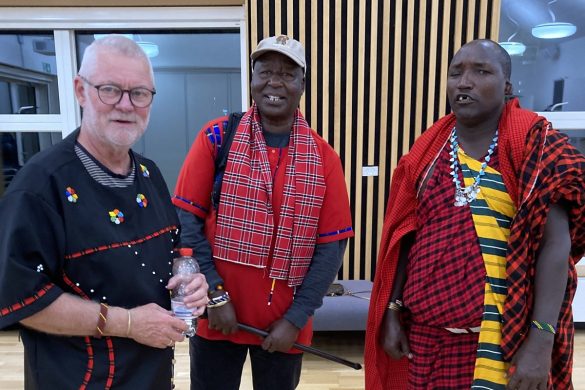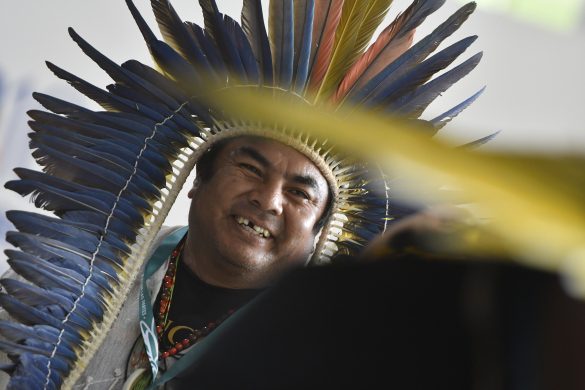Danmark og andre donorlande har givet store beløb til at lindre flygtningenes vilkår i Afrikas nyeste nation, Sydsudan, men hvordan er det lige at bo næsten dør om dør med et mylder af forpinte nye naboer, når man selv lever fra hånden i munden.
MABAN, 2 January 2013 (IRIN): The earth in Maban County, South Sudan, is already dry and cracked, and even a faint breeze raises a haze of brown dust.
The trials of the rainy season – flooded homes and impassable roads – are over. But as the weather changes, and the emergency response transforms into a longer-term humanitarian relief effort, new worries weigh on the minds of refugees and aid workers alike.
“In the dry season there is no water for the animals to drink, and there is no grass to eat,” Khalifa Chapa said, sitting outside his hut in Doro camp, which, with more than 44.000 residents, is the largest of the region’s refugee camps.
Fighting between the SPLA-North and the Sudan Armed Forces began South Kordofan, Sudan, in June 2011. The conflict spread to Blue Nile State in September of that year. It is ongoing, driving refugees like Chapa into South Sudan.
Dying cattle
Four months ago, the 45-year-old father of seven fled Blue Nile State, with 10 cows.
By the time he reached Doro, he had nine; he had slaughtered one for food en route. Now, he has seven. Two of his herd have already died, and the dry season is only beginning.
“The cows are coughing (hoster), then they have the diarrhoea. This is reason that they die,” he explained.
Indeed, the number of livestock deaths has risen over the past few months, the UN Refugee Agency (UNHCR) in Maban told IRIN.
In a single week in late December some 300 goats and cattle died, says the mission’s protection officer, Myrat Muradov.
Diseases, such as Rift Valley fever and rabies, are a major cause of livestock mortality; a joint initiative is underway to vaccinate animals.
Limited resources
Læs videre på
http://www.irinnews.org/Report/97159/SOUTH-SUDAN-Tensions-grow-between-refugees-and-host-community

